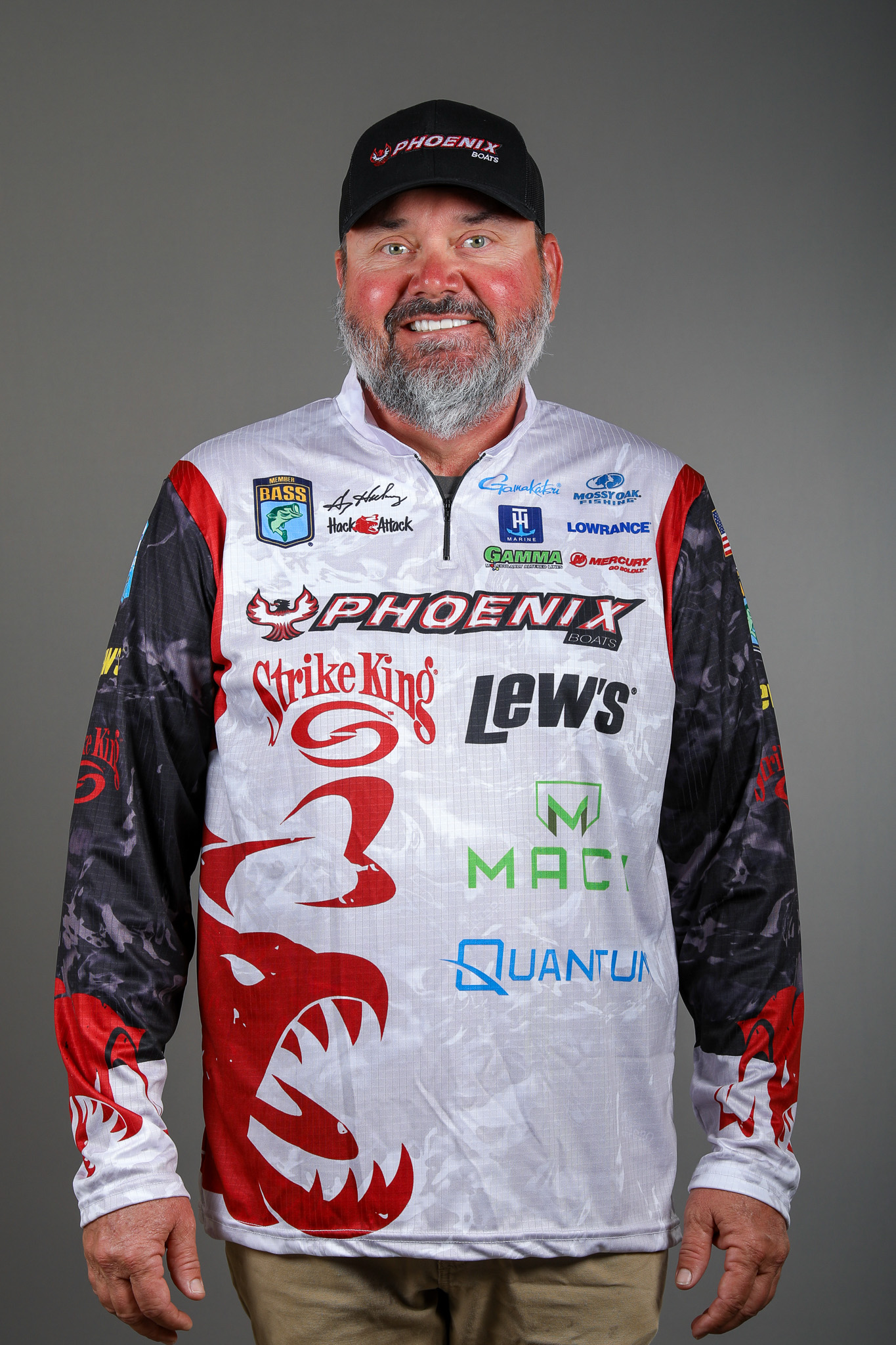As I said last week, my number one pick when I’m fishing winter riprap is a crankbait. Here’s why…
Fish that move up in the water column aren’t necessarily in an active feeding mode. I’ve found over the years that you can get them to bite if you don’t give them time to think about anything. Play to their predator instincts.
I start by casting at a 45-degree angle across the riprap. After I’ve caught a couple I switch to a parallel presentation at whatever depth they’re holding. More often than not that’ll be where the riprap ends and the mud starts.
This is my standard presentation with all the lures I’m discussing.
I always make more than one cast to a spot, and frequently turn my boat around so I can cover the same water from more than one direction. These winter bass won’t move far to grab anything. You have to put it right on their nose to get a bite.
You can make finding the line I’ve mentioned a little easier if you follow a couple of simple rules. Watch your electronics carefully, and when you start looking for it keep in mind that lakes that have a big fluctuation in their water levels will have riprap that extends farther into the water than those with a small fluctuation. (Riprap is put in place to control erosion.)
Baits that have a tight wiggle and no rattle will usually catch the most fish. I can’t recommend a specific model because that’ll vary depending upon water depth. I will tell you, however, that everything I throw is made by Strike King.
I prefer 10-pound-test line but, frankly, I have more confidence in 12-pound test. Cold conditions can be hard on line — kinks make weak spots. A little extra strength isn’t a bad thing in 40 degree water.
If I’m having trouble getting bit on a crankbait, I usually switch to a hard jerkbait. This’ll get you a reaction bite, but it’ll give the bass a little more time to make up their mind if they need it. The thing with a jerkbait in cold water is to let it sit between jerks. Do not get in a hurry.
If both of those lures fail me, or if the water has a little color to it, I break out my jig box. I want a big profile that I can move slowly over the rocks, but I don’t want too much movement of the bait itself. My choice is a 3/8-ounce Denny Brauer Structure Jig with a KVD Perfect Plastic Chunk.
I use the 3/8-ounce model because it forces me to slow down. The heavier the jig the faster I can move it while still maintaining contact with the bottom. If I move a 3/8-ounce very fast it’ll come up, off the bottom. It’s a kind of self-control thing that helps me make sure I’m doing what the real thing would be doing.
I fish my jig on 20-pound-test fluorocarbon. That gives me great feel and helps keep my jig from wedging in the rock.
In fairness I should tell you that this style of fishing won’t get you a lot of bites. The ones you do get, however, will be from quality fish. For some reason — I have no idea why — the little fish don’t seem to bite very well when the water’s real cold.





